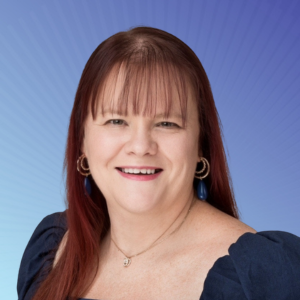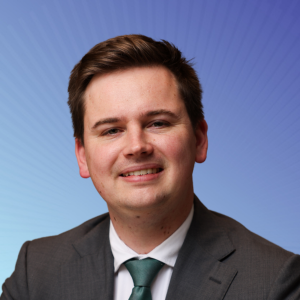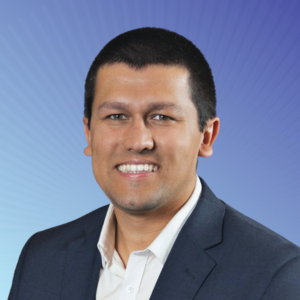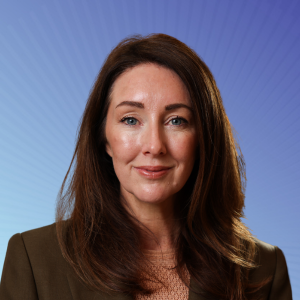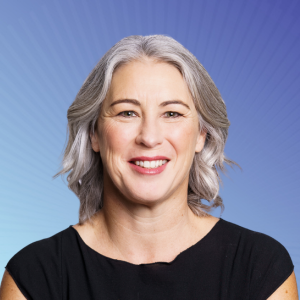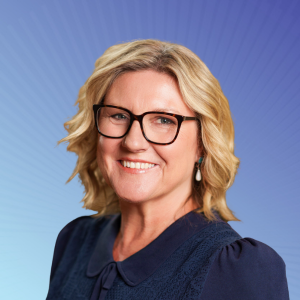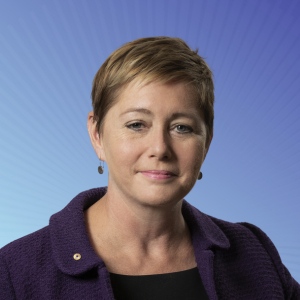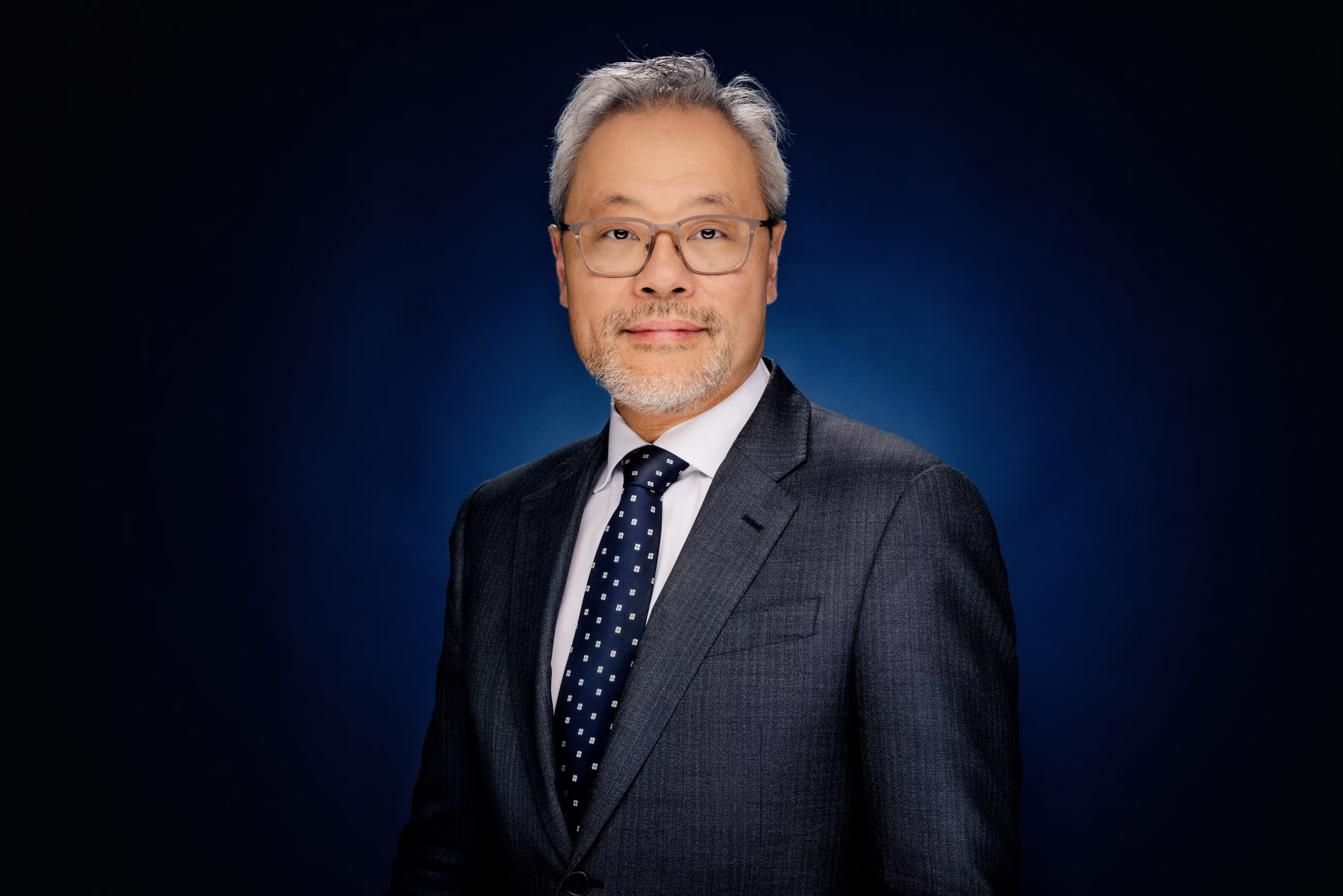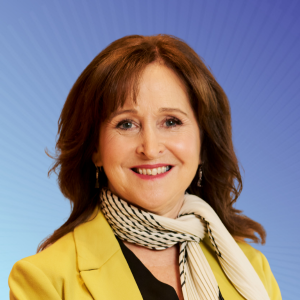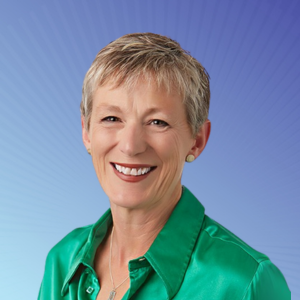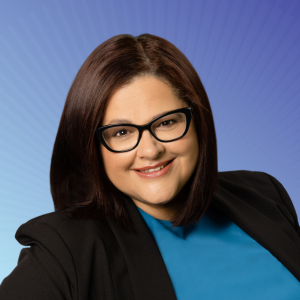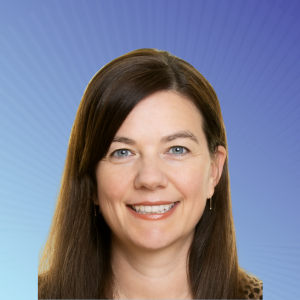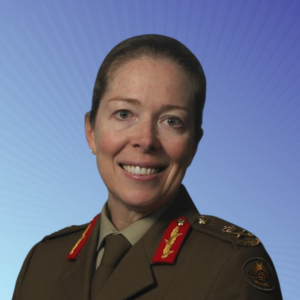I was fortunate enough to be around at the birth of the compulsory superannuation system in Australia, in pretty much a literal sense. I was part of the Australian Government team supporting the case for award superannuation in the national productivity wage case in 1986. It was a fairly long labour with many hours spent sitting in the Australian Industrial Relations Commission hearing room on the top floor of Nauru House in Melbourne.
There are people who try to reinvent history with claims that compulsory superannuation was more about privatising the Age Pension than improving living standards in retirement. However, one of the most important goals then (and now) was to extend superannuation coverage and achieve dignity in retirement for the vast bulk of Australians.
As the ACTU and the then Government argued, a large percentage of the workforce was not covered by existing superannuation schemes and that wide disparities existed in coverage according to sex, industry, occupation and income levels. It was also submitted that women, manual workers and those in the lower income level were less adequately covered than others.
There also began a fundamental shift in the approach to superannuation. Rather than being something that employers could choose to provide, and determine the terms on which it was provided, superannuation became a right of employees. While previously some 40 per cent of employees were nominally covered by superannuation, in many cases that entitlement never vested as it was contingent on the employee staying with the same employer for some decades and then reaching retirement age.
Women in particular were disadvantaged by such arrangements. Compounding their difficulty was the fact that some employers (including the Australian Government) did not allow married women to have permanent jobs. This led to what now seem to be very anachronistic practices, such as the provision of superannuation dowry benefits for women. This was not some strange form of encouragement for people to marry, but rather a partial and inadequate measure to compensate women who married for the loss of their superannuation cover.
The introduction of compulsory superannuation has led to the system moving from a primarily defined benefit system, with no member entitlement vesting until retirement or like event, to one where most members have a portable account with a monetary value.
This has enabled a greater connection between the member and their superannuation, and also an expectation that the balance might be available in certain circumstances other than retirement, principally release on hardship or compassionate grounds.
The current arrangements for early release of superannuation benefits for severe financial hardship were introduced in 1997 in place of the broad discretion previously held by the Insurance and Superannuation Commissioner to determine whether a person was in severe financial hardship.
The most recent change allowing early release of $10,000 this financial year and again next financial year—for those who self-declare unemployment or reduced earnings—reinforces the connection between a member and their superannuation, albeit at a cost to their eventual retirement balance.
With many hundreds of thousands currently withdrawing up to $10,000 with more to come, the need to move the Superannuation Guarantee (SG) rate to 12 per cent is even more imperative.
The current COVID-19 lockdown actually gives many Australians of working age a taste of what the anti-retirement groups think should be the norm for those who are retired. Picture this..
There’s no going to the club, no eating out, no attending football matches. A restaurant meal or celebratory dinner is just a dream. Overseas travel is out, and certainly no cruise ship holidays! Even domestic holidays are out of bounds. Health services are reserved for urgent cases in the public hospitals, so you’ll have to wait a long time for a hip or knee replacement, or for cataract surgery.
Forget about any beauty treatments and even getting a haircut is problematic. Hair colouring is out of bounds so going grey is the way to go. Private health insurance is not delivering any better outcome. Going to the gym is not allowed.
No cinema tickets can be purchased. Time with the grandchildren is out of scope and giving them gifts is not possible.
You won’t need much to run a car as you are not allowed to go anywhere very far.
What is allowed is staying at home, watching mainly free to air television or doing jigsaw puzzles.
Australians do not want such a lifestyle, at any stage of their life.
Hopefully restrictions on allowable activities will be lifted as soon as possible.
We need a move to a 12 per cent SG so that retirees are not forced to live a dull and depressing lifestyle due to a lack of economic resources.





